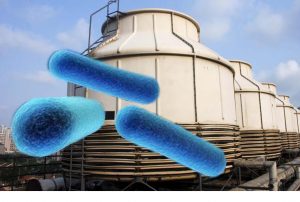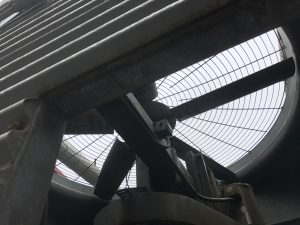Legionella Prevention for Health Care Facilities
When it comes to general hospitals and residential health care facilities, compliance with the New York State Legionella Regulations involves a unique set of standards when compared to other facilities where Legionella is a risk. Subpart 4-2 within Section 225(5)(a) of the New York State Public Health Law requires a full-building water systems analysis from which a Sampling and Management Plan shall be adopted. This is more involved and detailed than the Maintenance Program and Plan, which is a requirement under Subpart 4-1 for owners of cooling towers in non-healthcare facilities; under Subpart 4-1, only information pertaining to the cooling tower(s) within a building is considered.
To comply with Subpart 4-2, the first step is to conduct an Environmental Assessment of your facility. The New York State Department of Health (NYSDOH) has a template on their website, or you can alternately prepare your own form provided that it is approved by the NYSDOH. These documents must be updated on an annual basis and include the following information:
- Inventory of buildings which describes the year original construction was completed, if any renovations occurred, number of stories, floor area, beds, and type of use
- If windows in patient rooms are able to be opened (or rather are permanently sealed)
- Presence of decorative fountains, room humidifiers, or any other aerosol-generating devices
- Presence of spas or whirlpools
- Description of prior incidents concerning Legionella
- Source of outside water supply
- Design of building potable water systems including disinfection processes
- An inventory of building cooling towers
- Description of recent construction related to water service
Once your Environmental Assessment is completed, the Sampling and Management Plan (Plan) must be formulated. For new health care facilities, this Plan must be adopted prior to facility operation. Sampling sites, both location and quantity, shall be chosen based on analysis of the Environmental Assessment. Once these locations are firmed up and the Plan is completed, sampling must occur at these points at intervals not to exceed 90 days for the first year of Plan adoption. After that, sampling shall occur annually, except for portions of the water system that serve stem cell or organ transplant patients, which must continue to be sampled at the 90-day interval.
If less than 30% of sampling sites test positive for Legionella, no further action should be taken. However, if greater than or equal to 30% of sampling sites test positive, the NYSDOH must be notified, and short-term and long-term control measures must be considered to prevent the likeliness of a future outbreak.
If you own or manage a health care facility and would like to gather more information on the topic, please contact Walden today at (516) 624-7200.


